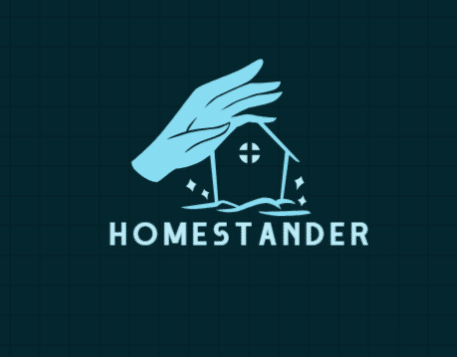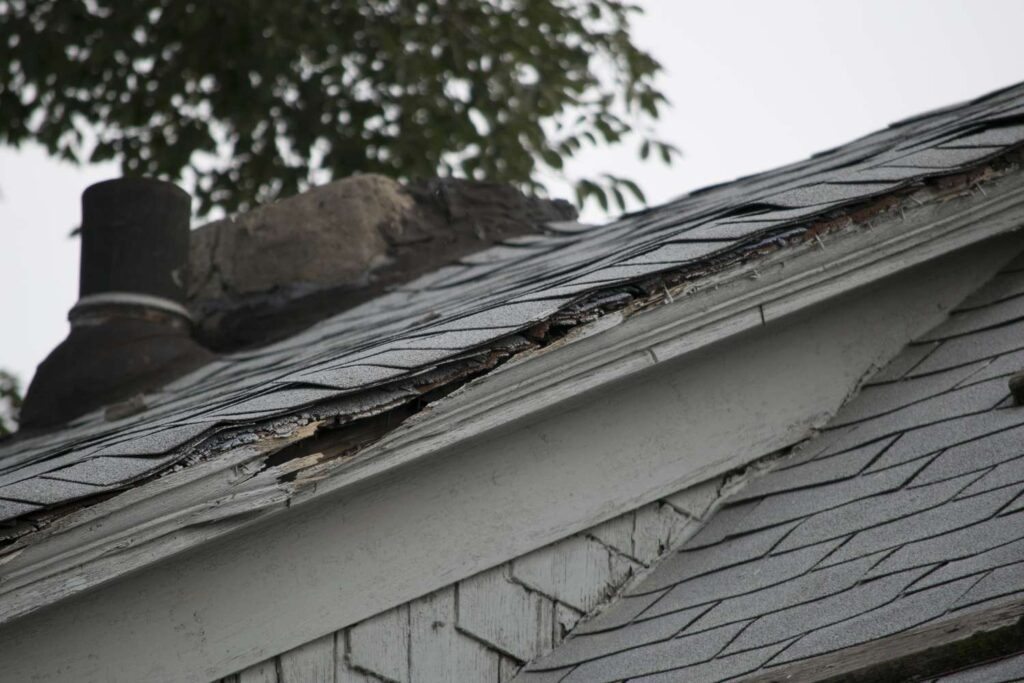Introduction
Your roof is like the unsung hero of your house. It shelters you from the elements, keeps you cozy, and provides a safe haven. But, like any hero, it faces its own set of challenges. A well-maintained roof is crucial for the overall health of your home. Let’s dive into some of the most common roofing problems and how to tackle them head-on.
Signs of Roofing Problems
Visible Leaks and Water Damage
Leaks are the most obvious signs of roofing issues. Water stains on ceilings or walls, damp spots, or even the dreaded drip-drip-drip during a rainstorm are clear indicators.
Missing or Damaged Shingles
Shingles protect your roof from the weather, and missing or damaged ones can lead to bigger problems. Keep an eye out for cracked, curled, or outright missing shingles.
Sagging Roof Areas
A sagging roof is a red flag for structural issues. If you notice dips or droops, it’s time to investigate further before it leads to a collapse.
Granules in Gutters
Finding granules from your asphalt shingles in the gutters? That means your shingles are wearing down, which could spell trouble.
Leaks and Water Damage
Causes of Roof Leaks
Leaks can be caused by various factors like broken shingles, cracked flashing, or improper installation. Identifying the root cause is key to fixing it properly.
Identifying Water Damage
Water damage isn’t always obvious. Look for discoloration, peeling paint, or mold growth. Early detection can save you a lot of headaches.
Temporary vs. Permanent Fixes
A temporary fix, like a tarp, can stop further damage while you plan a permanent solution. However, permanent fixes are necessary to ensure your roof remains leak-free.
Missing or Damaged Shingles
Common Causes of Shingle Damage
Shingles can be damaged by weather, aging, or even poor installation. Regular inspections can help spot issues early.
Assessing the Extent of Damage
Check if the damage is localized or widespread. A few missing shingles might just need a patch-up, while extensive damage could mean a full replacement.
DIY Shingle Replacement
Feeling handy? Replacing a few shingles yourself is doable. Just make sure you have the right tools and follow safety guidelines.
Sagging Roof
Reasons for a Sagging Roof
A sagging roof can be due to water damage, excessive weight (like heavy snow), or structural issues. It’s crucial to determine the cause.
Structural Implications
Ignoring a sagging roof can lead to severe structural damage. It might involve repairs to the roof frame or even the foundation.
Repair Strategies
Depending on the cause, you might need to add support beams, replace damaged sections, or in extreme cases, rebuild the roof.
Granules in Gutters
What Granules Indicate
Granules protect your shingles from UV rays and add weight. Losing them means your shingles are deteriorating.
Long-term Effects on Roofing
Without granules, shingles become brittle and less effective, leading to leaks and further damage.
Solutions for Granule Loss
Regularly check your gutters and replace shingles that are losing granules. Consider a professional inspection to assess overall roof health.
Flashing Issues
Role of Flashing in Roofing
Flashing seals joints and prevents water from seeping in. It’s crucial around chimneys, vents, and skylights.
Common Flashing Problems
Flashing can crack, corrode, or come loose over time, leading to leaks.
How to Repair or Replace Flashing
Repair small cracks with roofing cement. For more extensive damage, replace the flashing entirely.
Gutter Problems
Importance of Gutters in Roofing Systems
Gutters direct water away from your roof and foundation. Clogged or damaged gutters can cause water to back up and damage your roof.
Common Gutter Issues
Look out for clogs, sagging gutters, or leaks. These can all lead to water damage.
Maintenance Tips for Gutters
Clean your gutters regularly, check for leaks, and ensure they’re properly attached to avoid problems.
Poor Roof Ventilation
Effects of Poor Ventilation on Roofs
Poor ventilation can lead to moisture buildup, which damages roofing materials and affects indoor air quality.
Identifying Ventilation Problems
If your attic feels stuffy or you see mold, you might have a ventilation issue. Check for blocked vents or inadequate airflow.
Improving Roof Ventilation
Install additional vents or use attic fans to improve air circulation and keep your roof in good shape.
Ponding Water
Causes of Ponding Water on Roofs
Flat roofs are especially prone to ponding water. This can be due to poor drainage or roof slope issues.
Risks Associated with Ponding
Ponding water can cause leaks, promote mold growth, and damage roofing materials.
Effective Drainage Solutions
Ensure proper drainage by fixing the slope, installing additional drains, or using a high-quality waterproof membrane.
Roof Punctures and Holes
Common Sources of Roof Punctures
Punctures can be caused by falling branches, foot traffic, or installation of rooftop equipment.
Assessing Damage Severity
Small punctures can be patched up, but extensive damage might require a professional touch.
Patching and Repair Techniques
Use roofing cement and a patch for minor holes. For larger punctures, replace the damaged section entirely.
Tree Damage
How Trees Can Damage Roofs
Overhanging branches can scrape your roof, and fallen limbs can cause significant damage.
Preventative Measures
Regularly trim back branches and keep trees healthy to prevent them from becoming a hazard.
Handling Tree-Related Damage
Assess the damage and decide if you need a repair or replacement. Always address tree damage promptly.
Ice Dams
Formation of Ice Dams
Ice dams form when snow melts and refreezes at the roof’s edge, preventing proper drainage.
Preventing Ice Dams
Keep your attic well-insulated and ventilated to prevent heat from escaping and melting snow on your roof.
Remedies for Ice Dam Damage
Use a roof rake to remove snow buildup and consider installing heating cables to prevent ice formation.
Aging Roof
Signs Your Roof is Aging
Cracked shingles, granule loss, and persistent leaks are all signs of an aging roof.
When to Repair vs. Replace
If repairs are frequent and costly, it might be time to replace your roof. Assess the overall condition and lifespan.
Benefits of a New Roof
A new roof offers better protection, energy efficiency, and can increase your home’s value.
Conclusion
Roofing problems can be daunting, but regular maintenance and prompt repairs can keep your roof in top shape. By understanding the common issues and knowing how to fix them, you can protect your home and avoid costly repairs.
FAQs
How often should I inspect my roof?
Inspect your roof at least twice a year, in the spring and fall, and after any major storms.
Can I repair my roof myself?
For minor issues, yes. However, for major repairs or if you’re unsure, it’s best to hire a professional.
What are the best materials for a durable roof?
Asphalt shingles, metal roofing, and clay tiles are all durable options. Your choice depends on your budget, climate, and aesthetic preferences.
How do I choose a reliable roofing contractor?
Look for licensed and insured contractors, check references, read reviews, and get multiple quotes before making a decision.
How long should a roof last?
A well-maintained roof can last 20-30 years, depending on the materials used and the local climate

